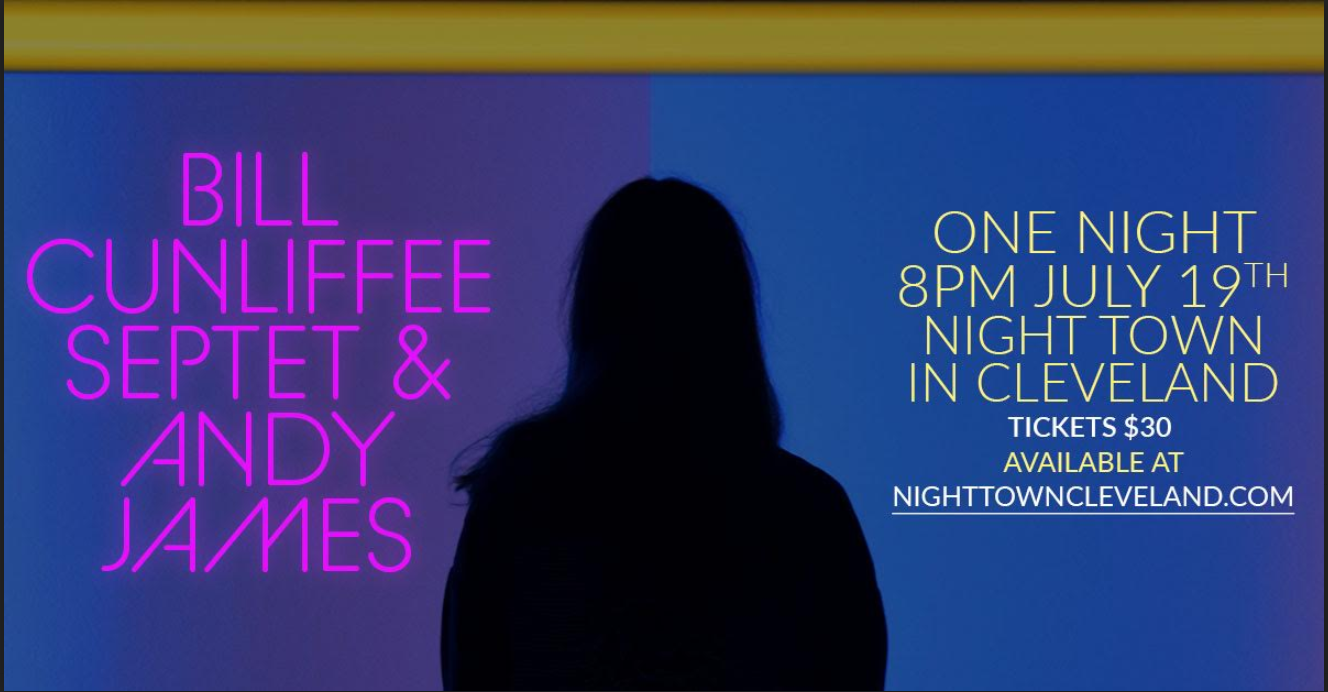Night is Alive Feature: Bill Cunliffe, Pianist

Upcoming Performance at Nighttown, Cleveland
Bill Cunliffe, his all-star octet, and jazz vocalist Andy James are currently in the middle of a multi-city tour. In addition to serving as James’ Music Director and arranger, Cunliffe is featured on the international Flamenco star’s recent EP “Mean to Me” (https://youtu.be/w0PqMxZlInQ). Be sure to catch the group’s dynamic performance at Nighttown in Cleveland, Ohio on Friday, July 19, 2019, at 8:00 pm. Tickets can be purchased at http://nighttowncleveland.club/. This is an evening you will not want to miss!
Honorable Mention
In June 2019, Night is Alive artist Bill Cunliffe was mentioned in the award-winning JAZZIZ Magazine. The article, which can be found at https://www.jazziz.com/prince-jimmy-cobb-quincy-jones-the-week-in-jazz/, praised vocalist Maggie Herron and Cunliffe for their co-produced, recently released album, A Ton of Trouble. The album won a high honor: Jazz Album of the Year at the The Nā Hōkū Hanohano Awards, Hawaii’s equivalent of the Grammy Awards. Not only did Cunliffe arrange six of the album’s songs, but he also accompanied Herron on piano for those tracks. In a separate interview with Big Island Music Magazine, Herron stated, “Bill has the knack to speak for me stylistically with his arrangements after listening to my bare bones renditions at the piano.” https://www.bigislandmusic.net/big-islands-maggie-herron-turns-a-ton-of-trouble-into-a-jazz-album/
For more about award-winning pianist Bill Cunliffe and Night is Alive, visit https://nightisalive.com/bill-cunliffe/










